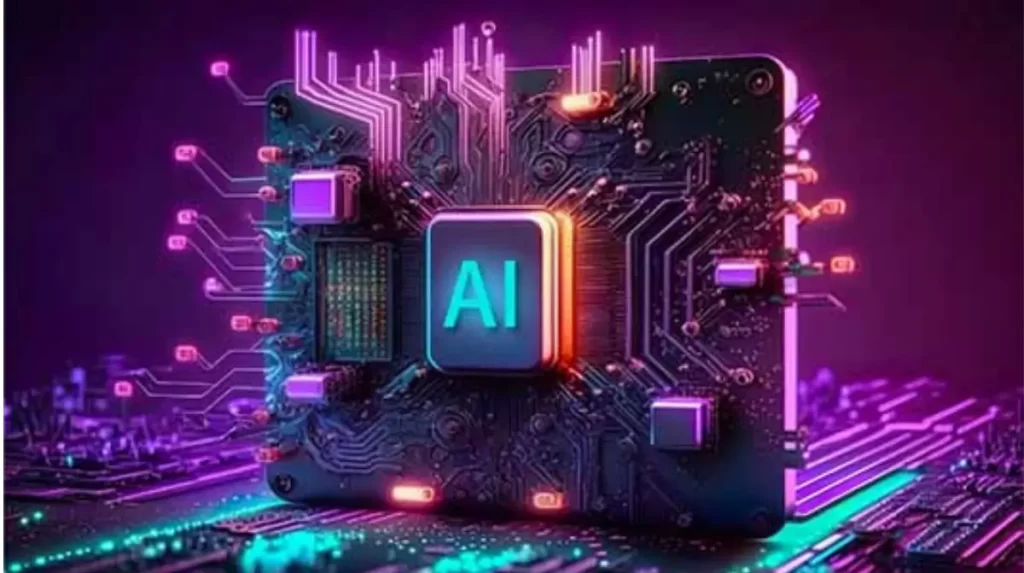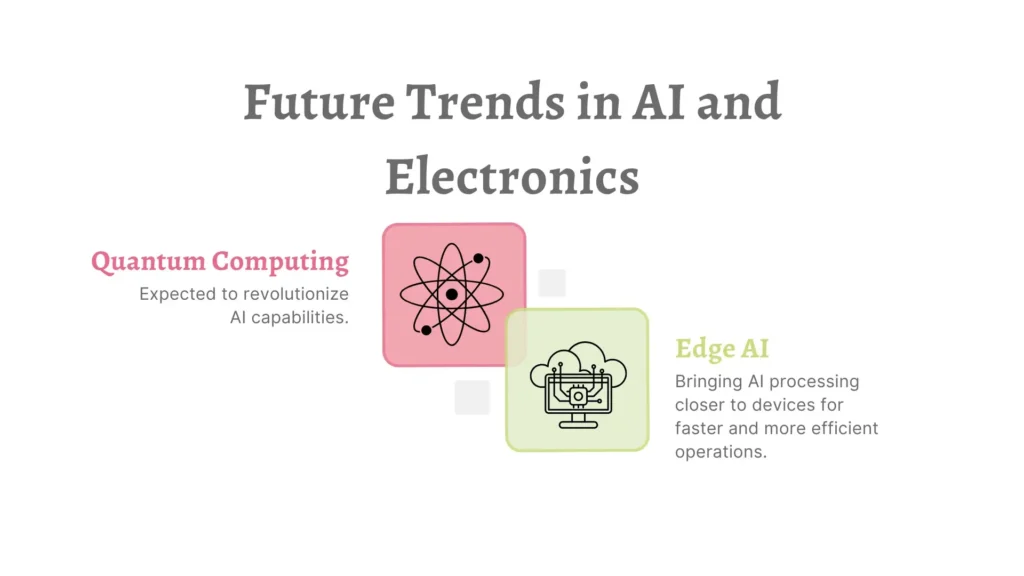Artificial Intelligence (AI) has taken the world by storm, and its impact on the electronics industry is nothing short of revolutionary. From designing smarter devices to automating manufacturing, AI is shaping the future of electronics in ways we never imagined. In this article, we’ll explore the top ways AI is transforming this space, backed by real-world examples and practical insights.
What is AI in Electronics?
AI in electronics refers to the integration of intelligent algorithms into electronic devices and processes. This technology enables machines to think, learn, and make decisions. Core technologies driving this include machine learning, deep learning, and the Internet of Things (IoT).

Key Applications of AI in the Electronics Industry
- Design Optimization:
AI aids in creating efficient circuit designs, reducing time-to-market. For example, tools like Cadence’s AI-powered simulation software are helping engineers design better circuits. - Manufacturing Automation:
Factories leverage AI for predictive maintenance, defect detection, and process optimization. This reduces downtime and enhances product quality. - Consumer Electronics:
AI powers smart TVs, home assistants, and wearable devices, offering personalized experiences to users. - Supply Chain and Logistics:
AI optimizes inventory management and streamlines logistics, ensuring efficient delivery and reduced costs.
To discover practical applications of AI in electronics, including smart home devices, check out our list of Top 10 AI-Based Electronics Projects for Hobbyists.
Real-World Examples and Case Studies
- Apple’s Siri and Smart Devices:
AI transforms consumer electronics with voice recognition and predictive user behaviors. - Nvidia’s AI-Powered Chips:
Pioneering the use of AI in graphics processing, enabling smarter and more powerful devices. - Samsung’s AI Cameras:
Delivering stunning photo and video quality by using AI for image enhancement and scene recognition.
Challenges and Limitations of AI in Electronics
While AI offers immense potential, it’s not without challenges:
- High implementation costs, making it inaccessible for smaller players.
- Skill gaps, as professionals with AI expertise are in high demand.
- Data privacy concerns, especially in consumer-facing devices.
Understanding the distinctions between VLSI Design and Embedded Systems is crucial when addressing challenges in AI integration within electronics. Learn more in our article VLSI Design vs. Embedded Systems: 7 Key Differences You Must Know for a Thriving Tech Career.

How to Leverage AI for Your Electronics Business
- Start small with cost-effective AI tools like TensorFlow or Azure AI.
- Focus on automation to enhance productivity and reduce costs.
- Collaborate with AI solution providers for tailored strategies.
Conclusion
AI is revolutionizing the electronics industry, making devices smarter and processes more efficient. Despite challenges like costs and privacy concerns, its potential is immense. From personalized gadgets to automated manufacturing, the possibilities are endless.
Now is the perfect time to embrace AI. Start small, explore tools, and transform your business to stay ahead in this ever-evolving industry. Be part of the AI revolution today!
As AI continues to revolutionize the electronics industry, staying informed about the latest advancements is essential. Explore our comprehensive guide on Digital Signal Processing: An Introduction to understand the foundational technologies driving these innovations.